Meet Our Available Puppies
Find the perfect ‘tail’ for your story!
The Puppy You've
Been Waiting For.
Product Title Here
Put a bird on it tumblr trust fund sustainable williamsburg green juice.
Product Title Here
Put a bird on it tumblr trust fund sustainable williamsburg green juice.
Product Title Here
Put a bird on it tumblr trust fund sustainable williamsburg green juice.
Product Title Here
Put a bird on it tumblr trust fund sustainable williamsburg green juice.
Product Title Here
Put a bird on it tumblr trust fund sustainable williamsburg green juice.
Product Title Here
Put a bird on it tumblr trust fund sustainable williamsburg green juice.
July 19, 2025
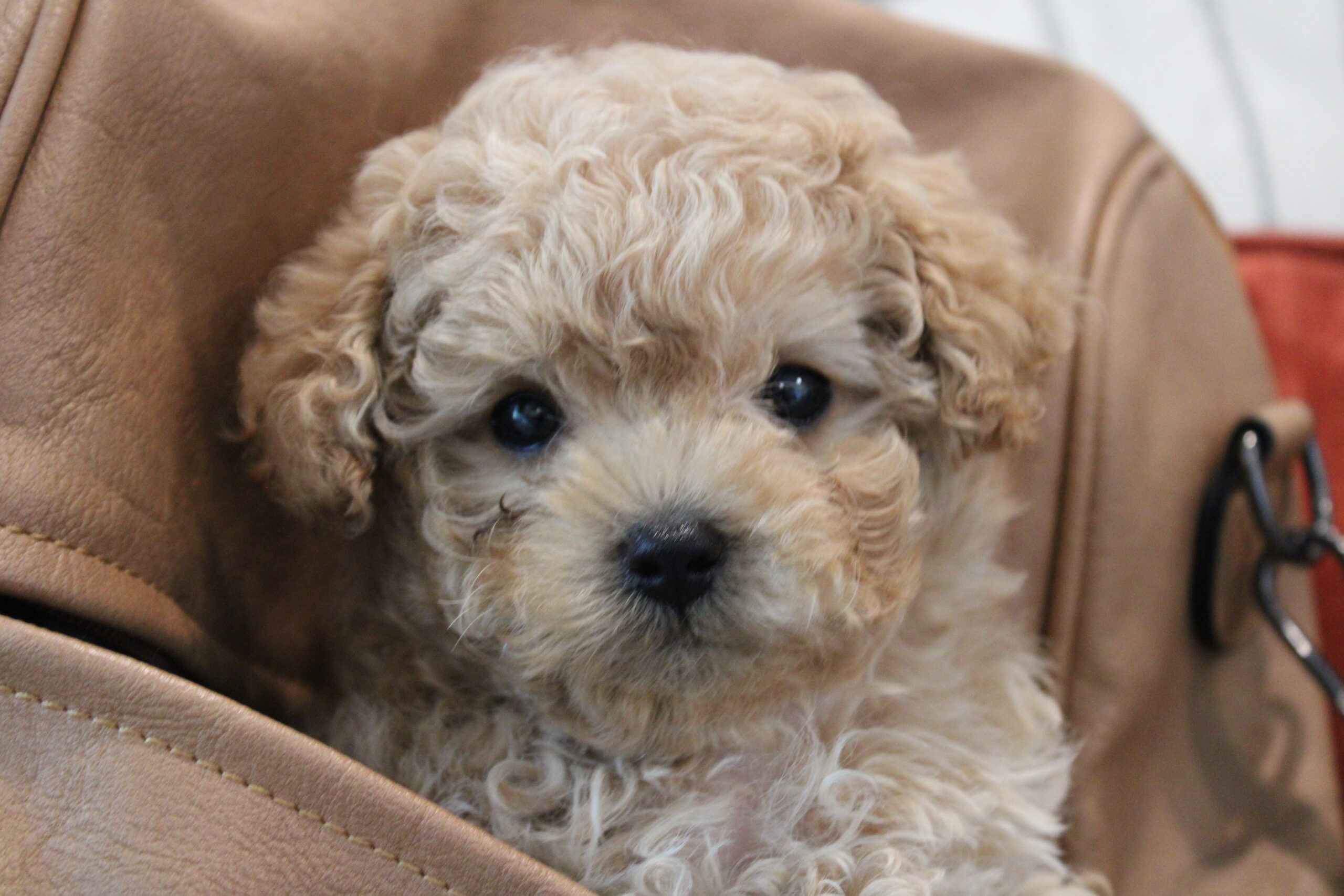
Over the years, I’ve matched a lot of little dogs with a lot of different people. And when someone says, “Maltipoo vs Havanese, which one’s better?” I smile. Because it’s not about better, it’s about better for you.
We were sipping lukewarm coffee between Zoom calls, her toddler building a block tower in one corner while my Maltipoo pup tried to chew on my slipper. I laughed and said, “It depends, are you looking for a therapy dog, a Netflix snuggler, or a sidekick for your Target runs?”
The truth is, the Maltipoo vs Havanese question comes up a lot, especially now that more families are working from home, prioritizing emotional wellness, and looking for a companion that’s equal parts cuddle bug and clever sidekick. Both of these little dogs are bursting with charm, but they shine in slightly different ways.
Let’s walk through the differences together.
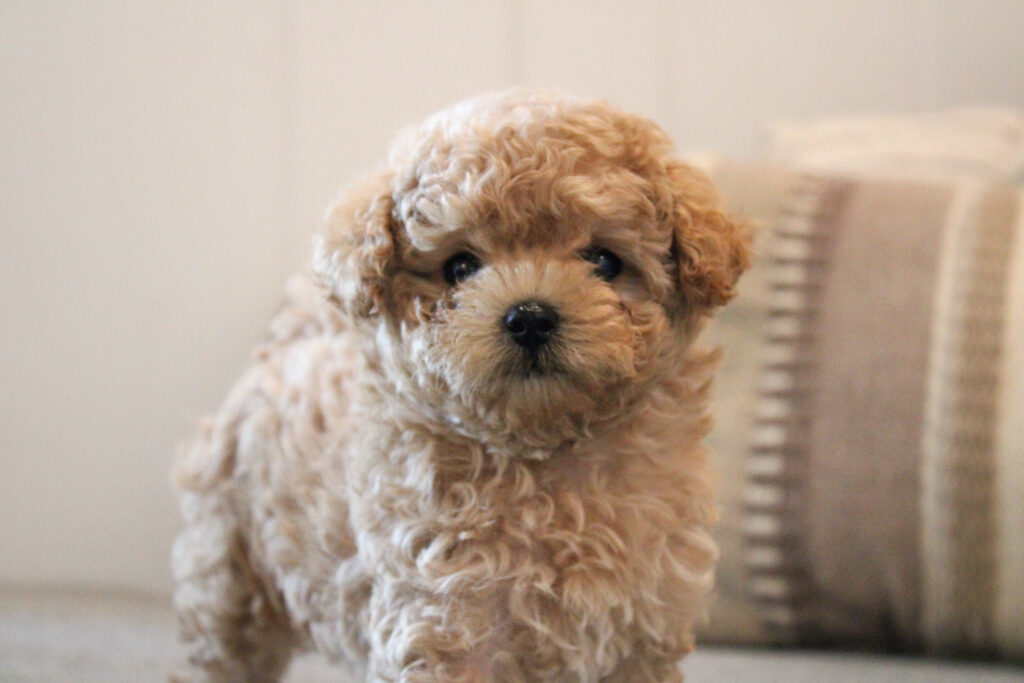
Maltipoo vs Havanese: First Impressions Matter
Think of the Maltipoo as that cheerful extrovert who’s always up for an adventure but still wants to be close to you; like, right on top of you, preferably under a blanket. A cross between a Maltese and a Poodle, Maltipoos are known for their soft coats, expressive eyes, and energy that’s part sparkle, part snuggle.
Now imagine the Havanese, slightly more chill, always watching, always ready to charm the UPS guy with a tail wag and a full-body wiggle. Originating from Cuba, they’re the only native dog breed from the island and have an almost human-like ability to read the room. Silky coat, gentle demeanor, and eyes that say “Tell me about your day.”
So how do you choose?

Temperament Showdown: Maltipoo vs Havanese in Real Life
Let’s start with personality, because at the end of the day, you’re not just picking a breed, you’re picking a new family member.
Maltipoos are lively, affectionate, and very intuitive. They bond hard. If you cry, they’ll lick your tears. If you laugh, they’ll wag and jump and act like they totally get the joke. They’re eager to please, and while they do best with a bit of structure and training, their intelligence makes them quick learners. They can also be a little mischievous if bored; but hey, who isn’t?
Havanese, on the other hand, are your gentle-hearted diplomats. They’re playful and sociable but with a softer edge. They’ll sit quietly by your side while you work and then bring you a sock as a peace offering when they’re ready to play. They’re typically less excitable than a Maltipoo but just as loving.
If your life includes therapy work, emotional support needs, or young kids who need a calm, attentive friend, the Havanese is often the one. But if you want a joyful spark plug with a therapist’s heart and a bit of a goofball streak, the Maltipoo wins hearts every time.
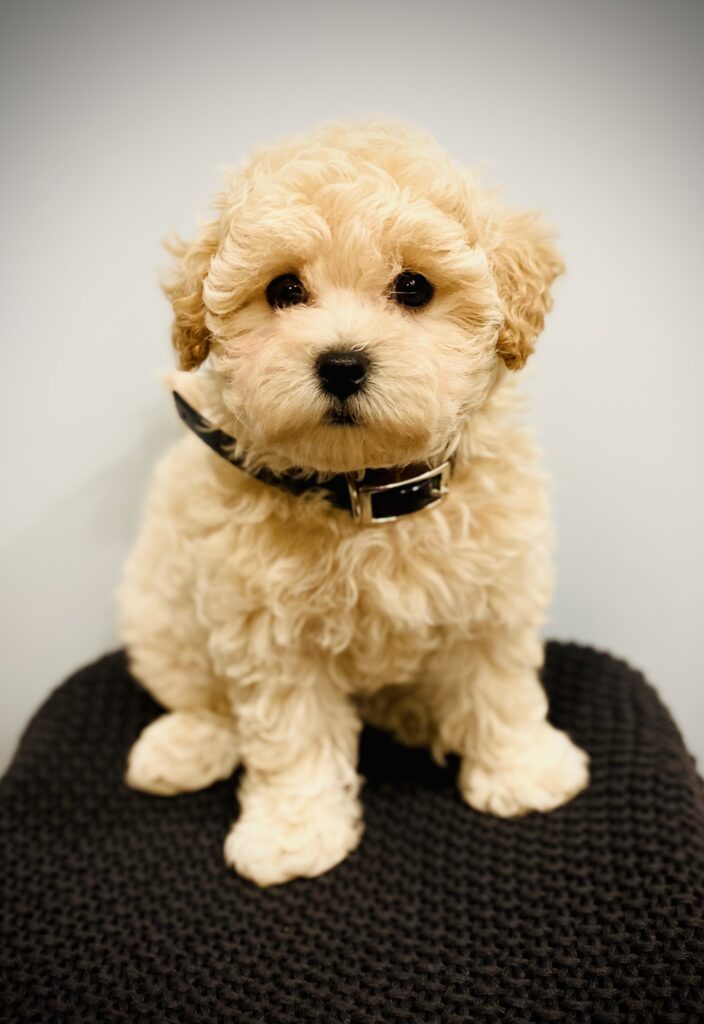
Size, Space, and Lifestyle: Which Pup Fits Your Routine?
Both breeds are small enough to thrive in an apartment but still big enough to keep up on walks or weekend outings.
| Breed | Height | Weight | Exercise Needs | Energy Level |
|---|---|---|---|---|
| Maltipoo | 6–14 inches | 3–15 pounds | Low to moderate | Moderate |
| Havanese | 8.5–11.5 inches | 7–13 pounds | Low | Low |
Maltipoos are often better for the elderly, active singles, working professionals, or homes with older kids. Their small size can make them too delicate for small children, especially for the first yea. They can have more variation in size depending on the Poodle parent (Toy or Mini), so always check with the breeder. Additionally, f1b maltipoos can be smaller, so choosing a generation can be an important step.
Havanese tend to be more laid-back. They’re wonderful for retirees, introverts, or multi-generational families. They enjoy walks and backyard games but don’t demand a ton of exercise.
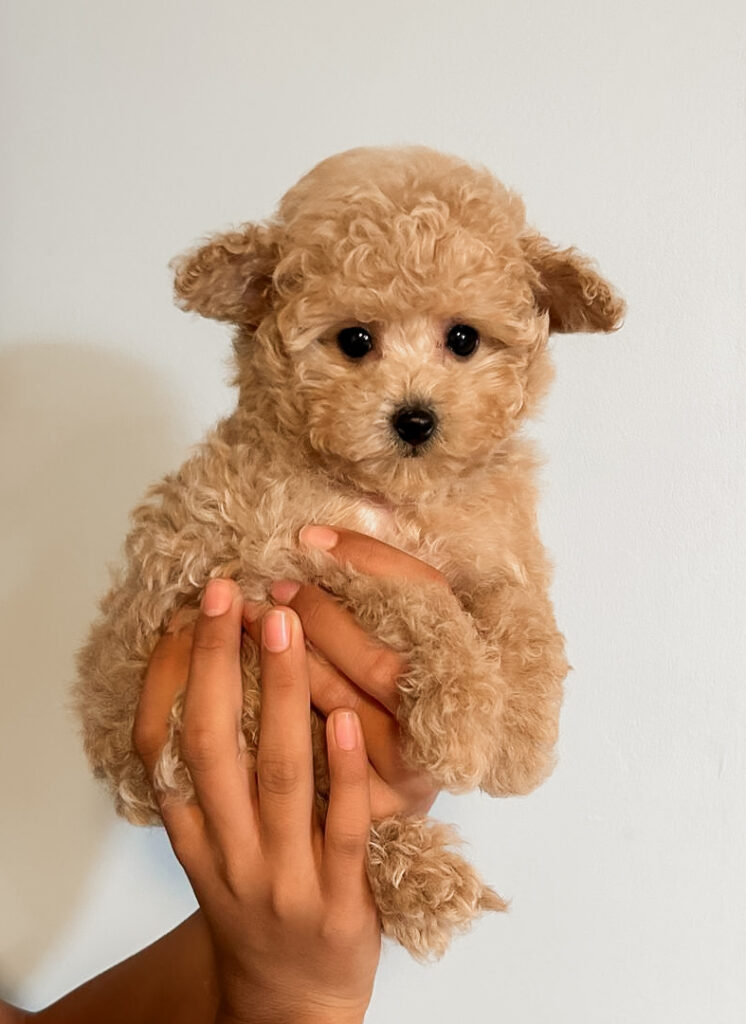
Grooming Needs: Who’s Easier to Keep Fluffy?
Okay, let’s talk about brushing. Both dogs have beautiful coats, but yes, you’ll need to show up with a brush now and then.
Maltipoos may have a curlier Poodle-like coat or a softer, straighter one depending on genetics. Most need brushing a few times a week and regular trims every 6 to 8 weeks.
Havanese? Think silky, flowing hair that can grow long enough to braid. Their coat tangles more easily, so unless you keep them in a “puppy cut,” daily brushing is ideal.
Either way, regular grooming and a gentle dog-safe shampoo will keep that fluff soft and cuddle-ready. For bonus points, toss in a bandana and they’ll look like they just stepped out of a doggy boutique.
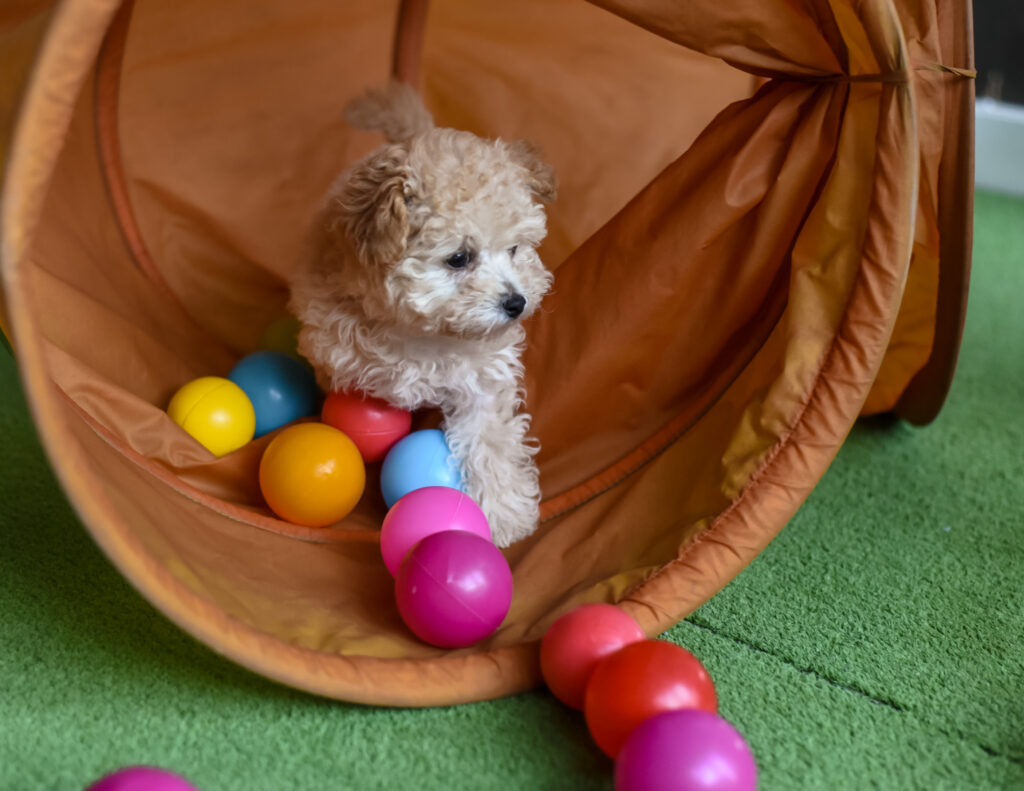
Maltipoo vs Havanese: Trainability and Sensitivity
Both breeds are smart, trainable, and want to make you happy. But their learning styles are a bit different.
Maltipoos are super responsive and thrive with short, positive training sessions. They love clicker training, treat rewards, and routines. They can be a little more dramatic if scolded-think “How could you?” eyes.
Havanese are sensitive but steady. They don’t love harsh corrections but respond beautifully to patience and praise. They’re intuitive and tend to be a little quieter and more observant, which can be a huge plus in therapy or classroom settings.
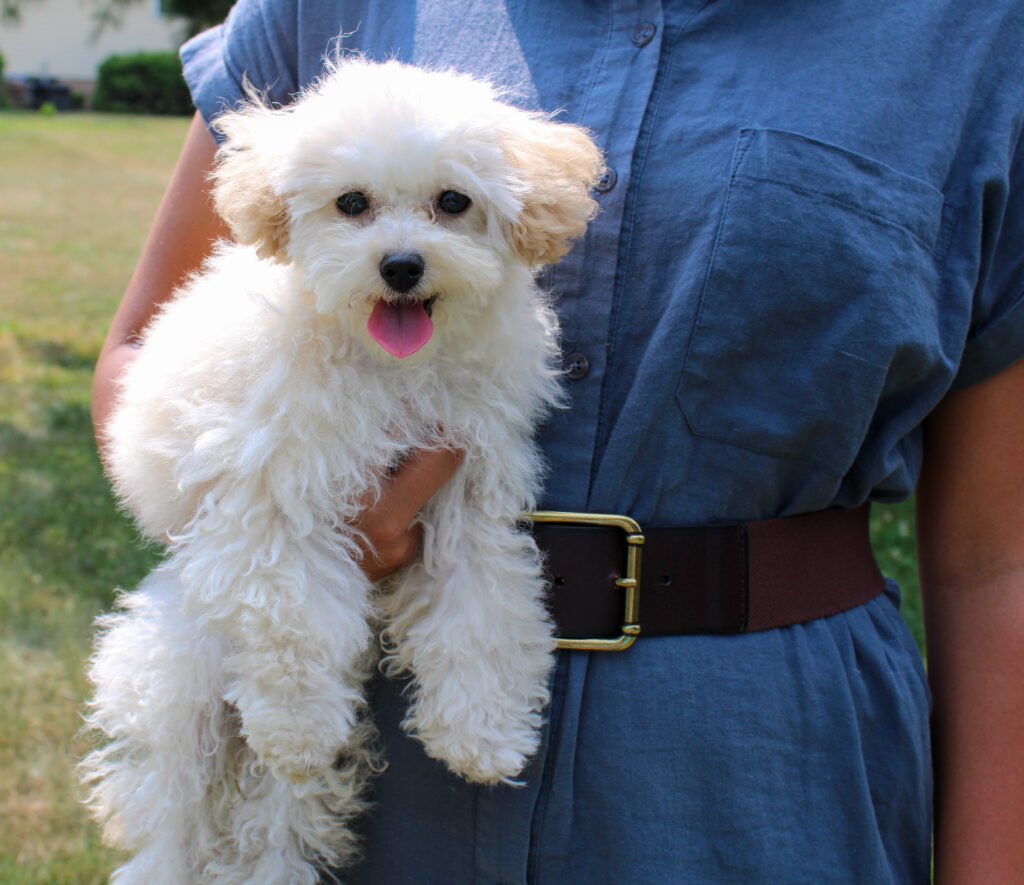
Health and Lifespan
Both breeds are relatively healthy with attentive breeding, regular vet care, and good nutrition.
Maltipoos live about 10–13 years and may be prone to issues like white shaker syndrome, dental disease, or patellar luxation.
Havanese live 12–14 years and can experience similar joint and eye issues, along with occasional allergies or hearing loss.
You can learn more about each breed’s health considerations here:

Our Work at Storytail Dogs: The Right Fit Matters
At Storytail Dogs, we take this match-making process seriously. We’re professionals in social work and special education, inspired by the quiet wisdom of little dogs. Our mission is to help you experience the joy that a small, emotionally attuned companion can bring. Whether you’re seeking a dog to walk beside you in your personal story or one to enhance your work through pet-centered therapeutic benefits, we’re here to help you find the perfect fit.
As ethical Maltipoo breeders in Pennsylvania (and Cavapoo breeders in Pennsylvania, too), we raise our puppies in loving home environments(not kennels)and give them early exposure to kids, crate training, grooming, and noise desensitization. We use Early Neurological Stimulation (ENS) and temperament testing to help each puppy land where they’ll thrive.
Looking for your next best friend? See our available puppies here.
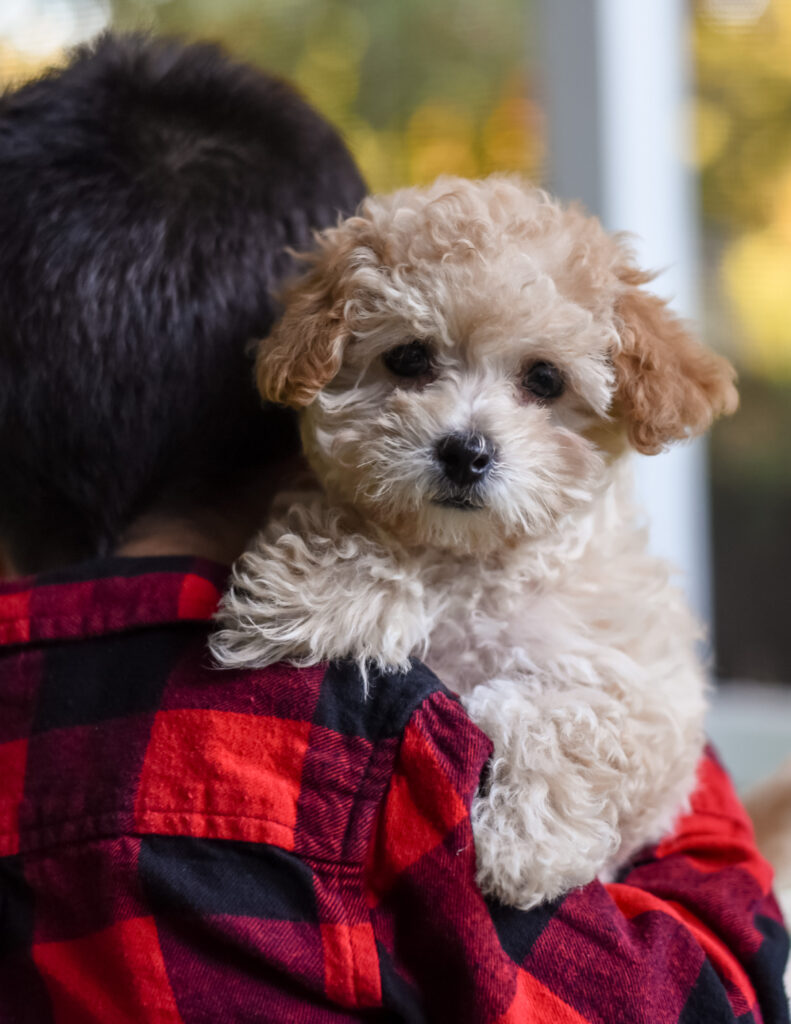
Maltipoo vs Havanese: Which Is Better for Families with Kids?
If there’s one question I get asked almost as much as “How big will this puppy get?” it’s “Which breed is better with kids?” And the truth is, both Maltipoos and Havanese terrier can be fantastic family dogs, if they’re well-socialized and matched to the right home.
Maltipoos tend to be a little more playful and bouncy. They love engaging with older kids who can toss a ball or teach them tricks. That energy can be a great match for active families with school-aged children. But because they’re tiny (sometimes under 2 pounds as puppies), they can be a little more fragile around toddlers who are still learning about gentle hands. We always encourage close supervision and lots of modeling when introducing a small dog to young children.
Havanese, on the other hand, have a softer, steadier temperament. They’re incredibly patient and love being part of the “pack” which often means tagging along for game time, snack time, and snuggles on the couch. Their slightly sturdier build makes them a good fit for families with younger kids, especially when raised with kindness and structure.
Both breeds thrive when the entire family is involved in their care. And let’s be honest, teaching kids how to feed, brush, and love a dog respectfully is one of the best life lessons around.
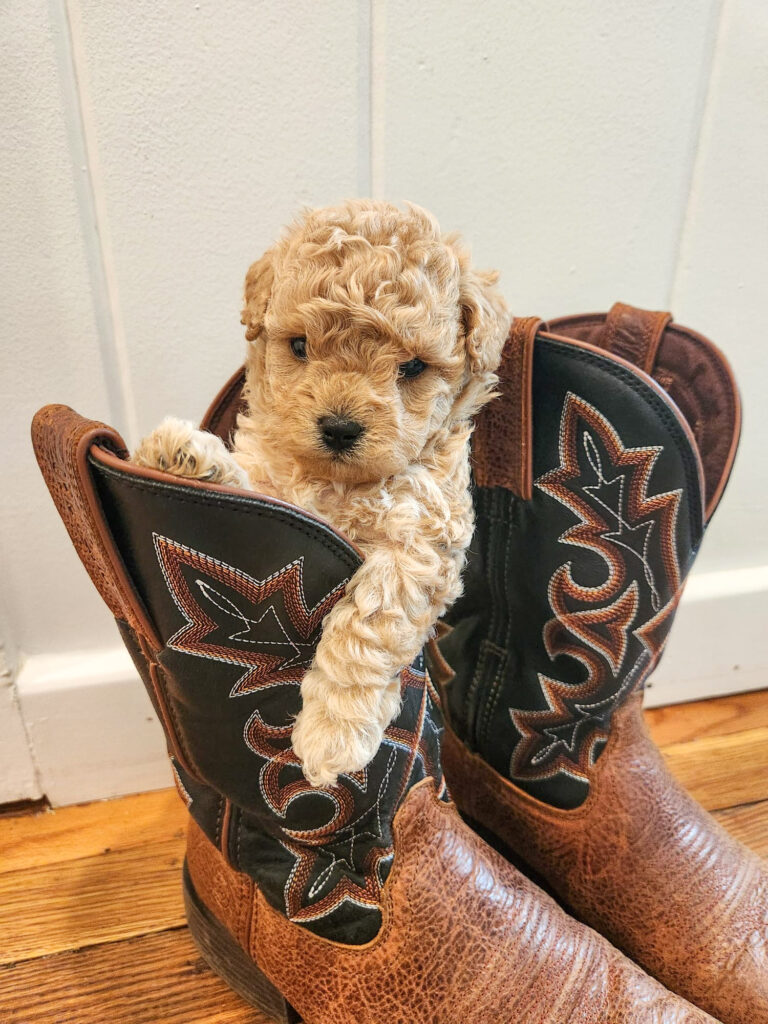
Allergy-Friendly Comparison: Maltipoo vs Havanese for Sensitive Owners
Let’s clear the air, literally. If you or someone in your home has allergies, choosing a lower-dander dog is likely high on your wishlist. So how do Maltipoos and Havanese compare?
Maltipoos, thanks to their Poodle lineage, tend to have more of that soft, curly coat that traps dander and loose hair rather than shedding it all over your house. That means fewer allergens floating through the air. They’re often labeled “hypoallergenic,” but it’s more accurate to say “low-shedding.” Regular grooming, especially around the face and paws, helps reduce potential allergens even more.
Havanese have a straighter, silkier coat that also doesn’t shed much, but it’s longer and can pick up pollen or dust from the environment. If allergies are a real concern, a shorter “puppy cut” and frequent baths with gentle, allergy-friendly shampoo can make a big difference.
In both cases, what matters most is grooming frequency and home cleanliness. Daily brushing, vacuuming with a HEPA filter, and keeping your pup off your pillow (we know it’s hard!) can all help sensitive owners live comfortably with their fluffy companion.
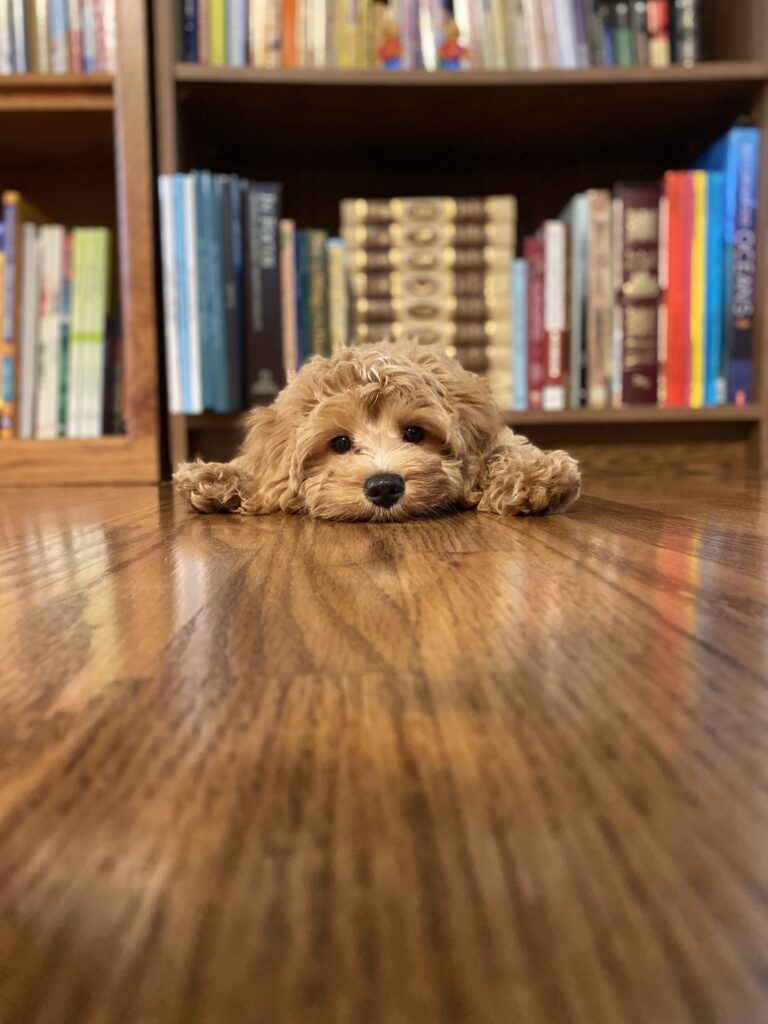
Why Storytail Dogs Puts Temperament First
At Storytail Dogs, we believe in more than just cute faces (though we have plenty of those). Our focus is on matching the right dog to the right home, not just based on appearance or size, but on temperament, lifestyle, and emotional needs.
We’re professionals in social work and special education, and that shows in how we raise our puppies. From the very beginning, our pups are part of daily life: hearing vacuum cleaners, meeting children, being gently brushed, and learning that people are safe and trustworthy. We start crate training and potty foundations early, and we desensitize them to grooming tools and household sounds.
But what really sets us apart is our structured temperament testing around 7 weeks of age. This helps us assess things like energy level, sensitivity, curiosity, and human bonding tendencies. That way, we can match each puppy with the family where they’re most likely to thrive, whether that’s a busy home with teens, a quiet house with a retired couple, or a therapist looking for an emotionally attuned support dog.
This isn’t guesswork, it’s intentional, ethical breeding with the long-term success of both dog and family in mind.
Want to see who’s currently looking for their forever story?
Check out our available puppies here.

FAQ: Maltipoo vs Havanese Questions We Hear All the Time
Which breed barks more?
Maltipoos can be more vocal, especially when excited or under-stimulated. Havanese do bark, too, usually to alert, but they’re often a little quieter and more laid-back.
Are they good for first-time dog owners?
Yes, both breeds are great beginner dogs. Maltipoos may need a bit more early structure and mental stimulation, while Havanese terrier are usually easiergoing and emotionally intuitive.
Can they be left home alone?
Both breeds prefer companionship. If left alone for long stretches regularly, they can develop anxiety or destructive habits. But with training, a good routine, and maybe a cozy crate and some safe chew toys? They’ll do just fine for a few hours.
Are either of them completely non-shedding?
No dog is completely non-shedding, but both Maltipoos and Havanese shed very minimally and are considered great choices for those who want to avoid fur on the furniture.
Do I need a yard?
Not at all. Both breeds adapt beautifully to apartment life or small homes, as long as they get daily interaction, short walks, and some playtime.
Can they live with other pets?
Absolutely. With proper introductions, both breeds tend to get along well with other dogs and even cats. They’re sociable by nature and love having a buddy to nap beside.
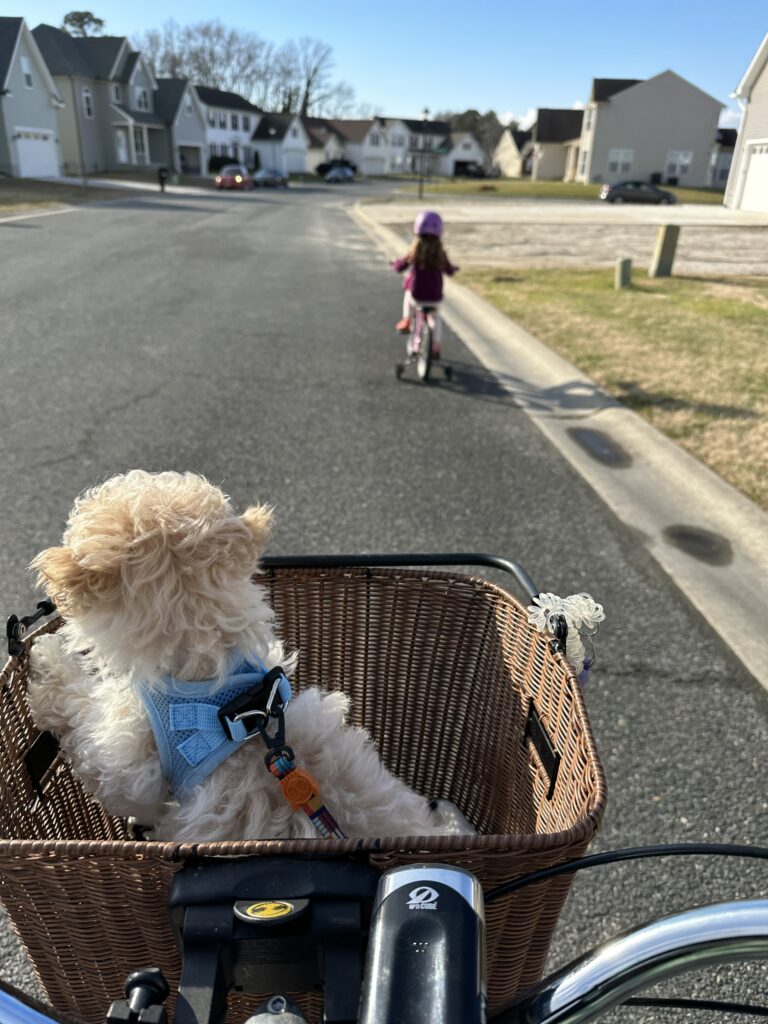
Final Thoughts: Maltipoo vs Havanese: Who Wins?
Honestly? You do.
If you want a bubbly sidekick with a tender heart and a flair for fun, go with a Maltipoo.
If you’re leaning toward a silky, gentle soul who reads the room like a seasoned therapist, go with a Havanese.
Both are affectionate, bright, adaptable, and loyal. They just express it in slightly different ways.
Still unsure? Let’s talk. Reach out here and tell us what you’re looking for. We’re happy to talk you through your options, and we’ll be here to help that story begin.
Leave a Reply Cancel reply
Storytail Dogs
A Dog For Your Story. Focused on READ dogs, therapy dogs, and resilient family companions.
@storytaildogs
© StorytailDogs 2024. All rights reserved. | Legal |